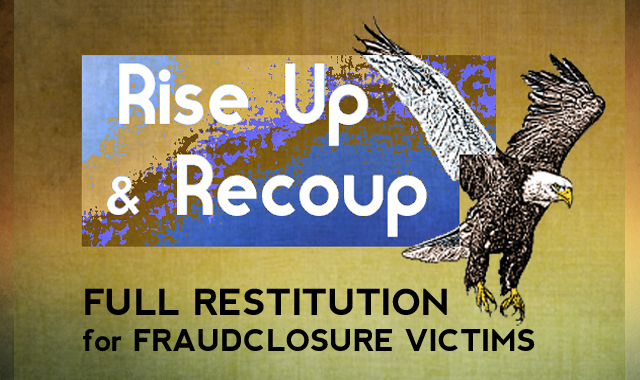Protecting Communities on the Road to Recovery
Why Strong Standards Are Critical for the Distressed Asset Stabilization Program
More than 778,000 homeowners with loans backed by the Federal Housing Administration, or FHA, and the two government-backed mortgage corporations—Fannie Mae and Freddie Mac—are at serious risk of foreclosure. A full housing recovery in the fragile neighborhoods where many of these loans are located largely hinges on how well agencies and investors are able to help these homeowners stay in their homes. And in those cases where foreclosure is unavoidable, it is important to ensure that vacant properties are well-maintained and do not further erode home values in a neighborhood.
In 2012, the FHA launched the Distressed Asset Stabilization Program, or DASP, to sell seriously delinquent single-family loans and vacant properties facing near-certain foreclosure through regular auctions to private investors—mostly private equity firms and hedge funds. Sales of nonperforming loans through programs such as DASP are often called “note sales,” as notes refer to the promissory record documenting that a borrower owes money to a lender. Thus far, the note sales through DASP appear to have helped the FHA reduce the costs and legal risks associated with maintaining and selling foreclosed properties.
However, DASP needs additional protections to ensure that note purchasers handle the assets they purchase responsibly. Moreover, DASP in its current form appears to shift some of the costs associated with foreclosures from the federal government to neighborhoods and local governments. Stronger standards—for loss mitigation, a process that can help borrowers avoid foreclosure; for how investors deal with vacancies; and for neighborhood stabilization—would better ensure that homeowners get a fair chance to stay in their homes when their properties are sold through DASP. These improvements also could control vacancies, which put a drag on local economies, and bolster FHA finances over the long term.
More here…
~
4closureFraud.org


I have an Idea , How about the Banking system(s) use the standard of OBEYING THE LAW when dealing with the consumer !!!!! the scheme of leading a homeowner into believing they are in a Residential Mortgage when they are actually in a Securitized Mortgage is FRAUDULENT CONSEALMENT , and the difference in terms of both contracts , are like night and day !!! That is FRAUD IN THE FACTUM . The Loan is TABLE FUNDED by Investors which isn’t even disclosed , and is a violation of the Truth In Lending Act ( TILA ) ( see 15 U.S.C.1601 et seq ) and the Real Estate Settlement Procedures Act ( RESPA ) ( see 12 U.S.C. 2601-2617 ) Renders the alleged Mortgage contract , void ab initio by virtue of FRAUD IN THE FACTUM !!! That status negates the possibility of any future holder in due course or a bona fide good faith purchaser for value !!! You have the right of RESCISSION . Use it !!